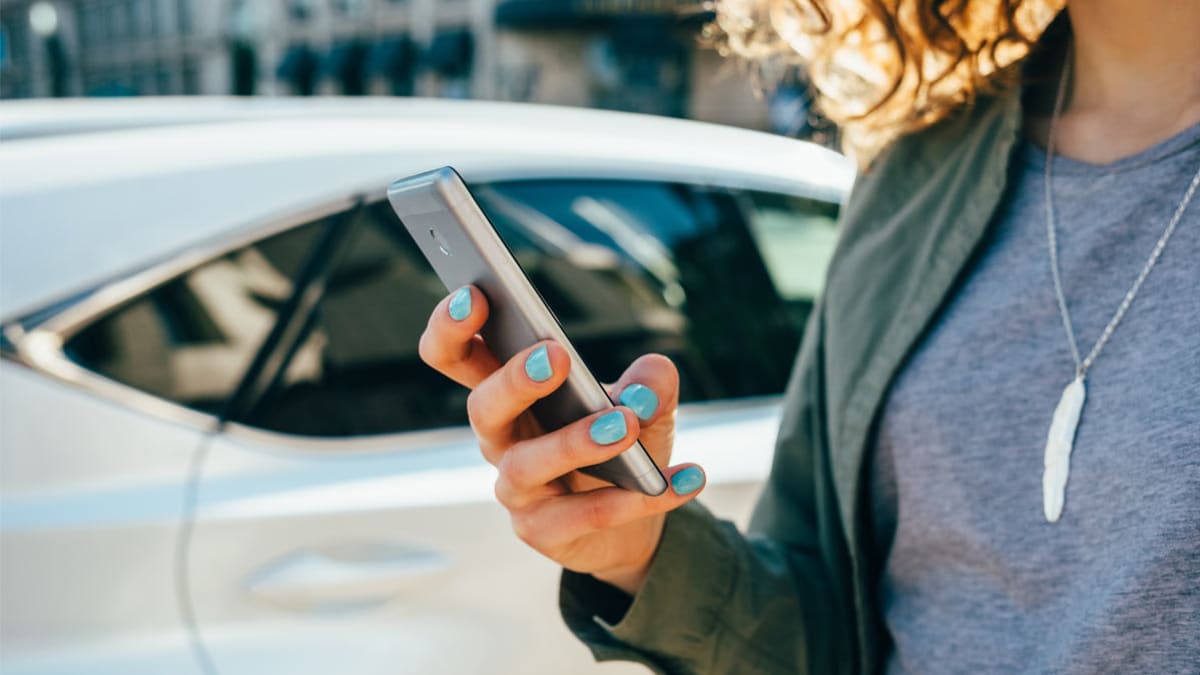It’s difficult to make a fair head-to-head comparison between, say, a six-year loan and the standard three-year lease. At the point the lease ends, the bank borrower still has three years of payments to go, but the lessee has to look for another car—or perhaps take the lease’s buyout offer.
A lease can also be subsidized, or “subvented.” The automaker either takes money off the top with an extra rebate just for lease deals, or it can raise the residual, or both.
An automaker may also kick in extra rebates on a lease deal—rebates not available to a loan customer. In addition, the “money factor” (interest rate) on a lease may be different from the interest rate offered on a loan, making an apples-to-apples comparison almost impossible.
In general, two back-to-back three-year leases will cost thousands more than buying a car (with a loan or with cash) and owning it over that same six-year period. And the savings increase for car buyers if they continue to hold on to the car, say, for three more years (for nine years total), even factoring in expected maintenance and repairs.
If a lease’s limitations put you off, consider buying a less expensive new car or a well-maintained used car, such as a certified pre-owned vehicle from a franchised dealer, or getting a longer loan term. Whether you get your new car with cash, a loan, or a lease, you can save by choosing one that holds its value well, stays reliable, and gets good fuel economy.
For savings up front and over the long haul, buy used. And pay cash.
Source link
